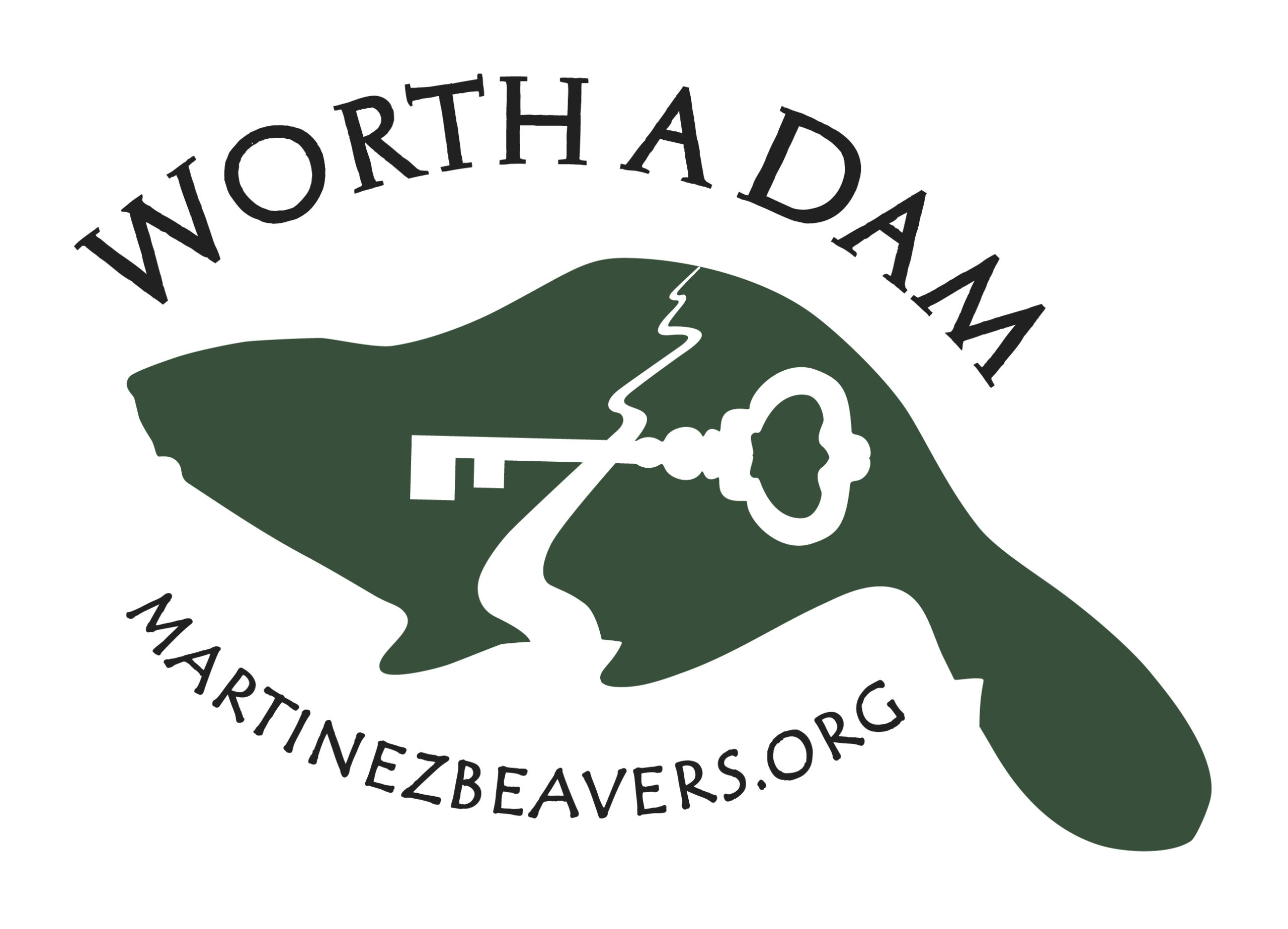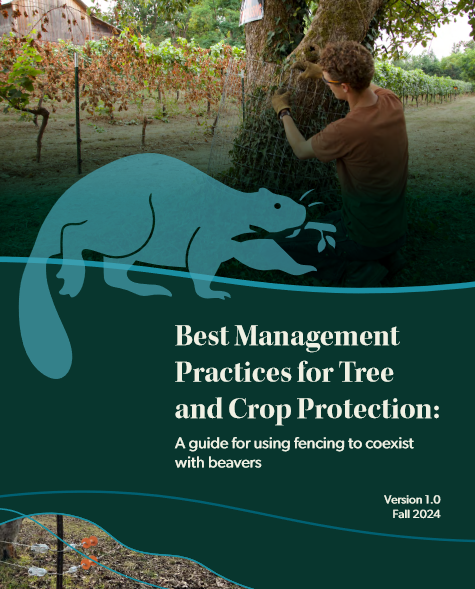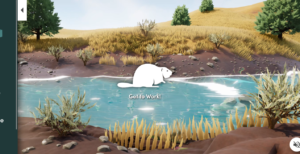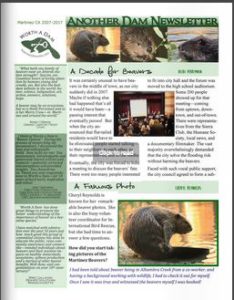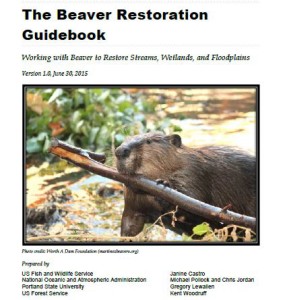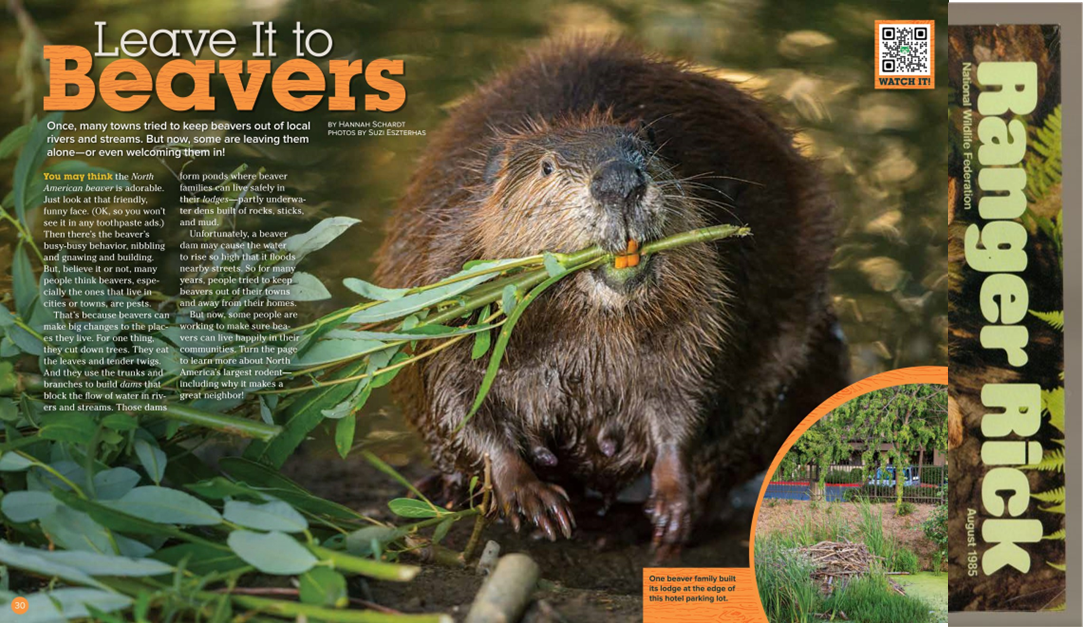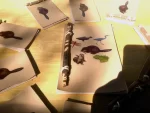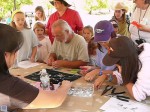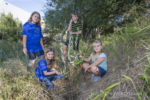You heard the news yesterday I assume? I mean other than America’s newest “Lord of the Flies” moment. California must save 30 percent of its land and waters as a buffer for climate change. It’s a lofty and necessary goal. And guess who can help.
Nearly a third of California land must be conserved under new order signed by Gavin Newsom
Citing a need to tackle the growing problem of climate change, California Gov. Gavin Newsom on Wednesday gave the order for state agencies to conserve 30% of state land and coastal water by no later than 2030.
The move is a bid to store carbon in the state’s natural and working lands and remove it from the atmosphere, according to a statement from the governor’s office.
The order directs state agencies to pursue strategies and partnerships that focus on healthy soil management, wetlands restoration, active forest management and boosting green infrastructure, according to the governor’s office.
Now when Rusty of Napa sent me this article with a big grin, I was thinking, hey beavers might help, And then I read this fantastic new study from Canada published this morning.
Beaver dam capacity of Canada’s boreal plain in response to environmental change
Nichole-Lynn Stoll & Cherie J. Westbrook
Environmental changes are altering the water cycle of Canada’s boreal plain. Beaver dams are well known for increasing water storage and slowing flow through stream networks. For these reasons beavers are increasingly being included in climate change adaptation strategies.
But, little work focuses on how environmental changes will affect dam building capacity along stream networks. Here we estimate the capacity of the stream network in Riding Mountain National Park, Manitoba, Canada to support beaver dams under changing environmental conditions using a modelling approach.
We show that at capacity, the park’s stream network can support 24,690 beaver dams and hold between 8.2 and 12.8 million m3 of water in beaver ponds. Between 1991 and 2016 the park’s vegetation composition shifted to less preferred beaver forage, which led to a 13% decrease in maximum dam capacity.
Which poses the question: if we want more water are we letting beavers dam all the places we should? Of course in California the answer is “No”, Because they could be making a huge difference in our waterways. They go on to point out that the flooding expected as the climate change will blow out those dams, but hey. Beavers will stick around and rebuild when necessary. Because it’s what they do.
Beaver are keystone in supporting food security of Indigenous people residing in the boreal forest through providing a source of meat and being ecologically influential4,5. They are viewed as an ecologically influential species as they profoundly alter the aquatic ecosystems they occupy2 with benefits for freshwater biodiversity6 and terrestrial wildlife7. Beaver alter aquatic ecosystems primarily through engineering activities—dam and canal building—which modifies ecosystem-forming processes8. For example, beaver dams raise and stabilize water tables9,10, alter stream hydrographs11,12, enhance channel and riparian area sediment retention13,14 and create hydrologically complex, multi-channel networks9,15. The suite of changes beaver dams make to aquatic ecosystems creates a multitude of desired ecological feedbacks that collectively enhance ecosystem resilience to disturbance16.
So beaver dams can help with climate changes. But beaver dams are also going to be limited by climate change. As their forage gets burnt out or flooded they will be less able to maintain their complex dam systems. You know any study credited to Cher Westbrook will inevitably have a “Beavers are good BUT” quality too it.
So dams blow out in flooding and beavers can’t repair them without wood. But hey, what about the beavers themselves? Can THEY survive floods? YES. Can they live without dams? YES. Can they have safe homes without lodges? YES. If their favorite trees are reduced by a drastic amount can they survive on grasses and less favorite trees? YES.
Beavers can not only survive flooding events. They can bide their time and WAIT for conditions to require dam building and then start over from scratch. Over and over again. And if there are no favorite trees they can use ickly trees, or cornstalks, or rusted engine partss. Hell they can use mud and rocks. They will make it work.
Adaption is their middle name.

